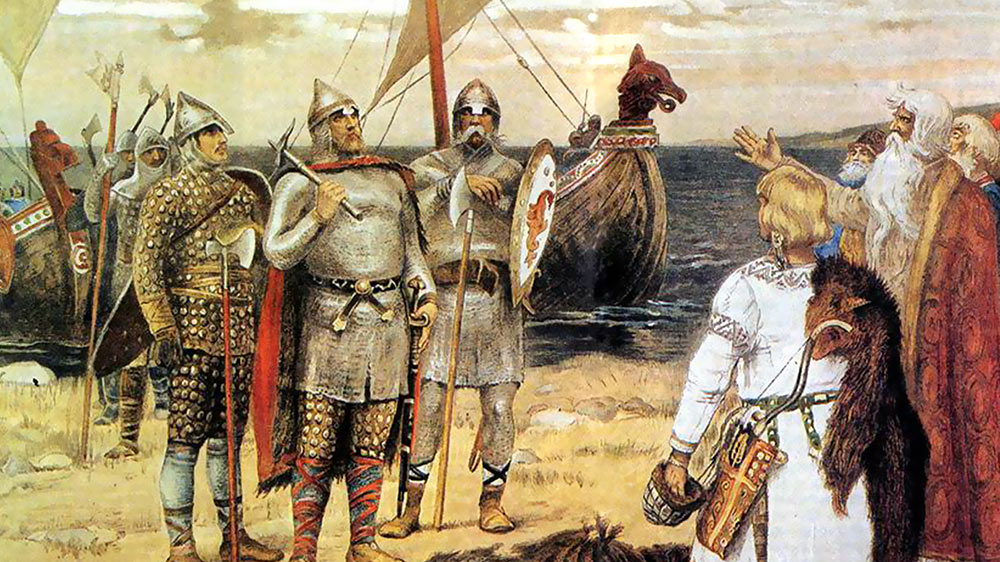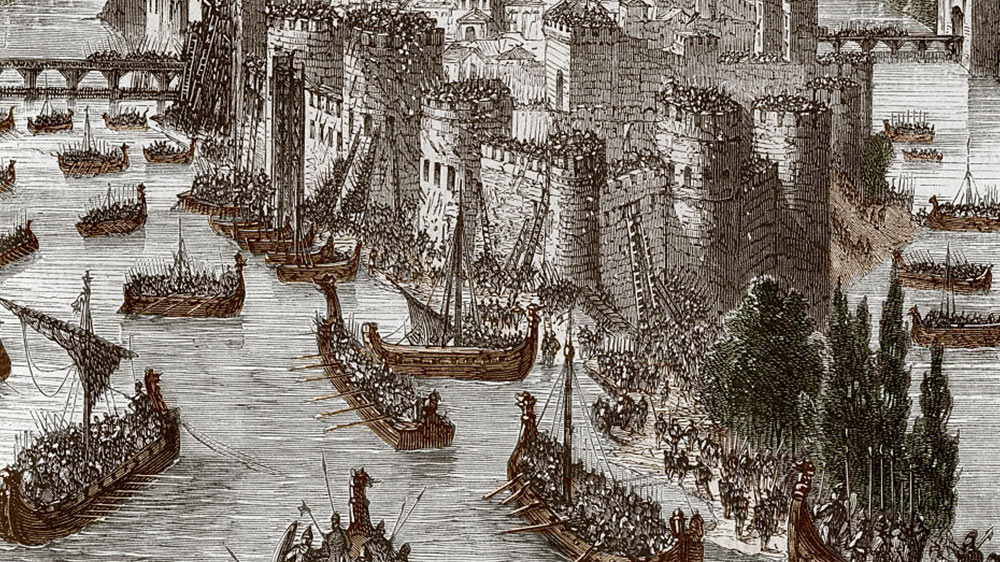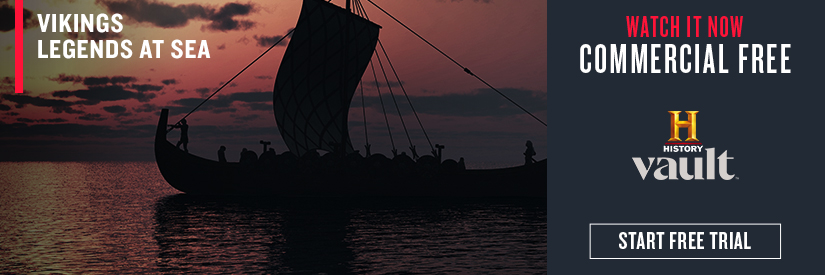5 Little-Known Facts About the Real Vikings
Vikings are having a pop-culture moment—whether it’s the popular TV drama on HISTORY or the big box-office movies featuring comic-book versions of their gods. While these Norse men and women are perhaps best known for their brutal assaults on Europe between the 8th and 11th centuries, their axes weren’t just used for battle. Here are five little-known facts about the real Vikings.

1. The Vikings traveled far beyond Northern Europe.
Thanks to their sailing and navigational prowess, the Vikings traveled from their home in Scandinavia to as far east as Baghdad and as west as Newfoundland (beating Columbus to the “New World” by centuries). Their sturdy and nimble longships allowed easy maneuverability on the open ocean and in shallow rivers, making attacks possible on unsuspecting towns and villages. Interestingly, the name Viking comes from the Norse word vík, which means creek.

2. When they weren’t pillaging, they were trading and farming.
In addition to acting as mercenaries, Vikings frequently engaged in trade across Europe. In exchange for fur, amber, eider down and slaves, Vikings received spices, silk, wine and glass for decoration. At home, they farmed rye, wheat and flax, which they used for linen. Their axes were put to good use to chop down trees for housing and ships.
3. The Vikings kept slaves known as ‘thralls.’
Thralls were the lowest rung of the social ladder within Viking culture. These slaves were often captured in raids and brought home to farm lands or serve the Karls (free men) and Jarls (the aristocracy). Archaeological findings have suggested that some thralls were killed and buried when their respective owners died.

4. The Vikings played many games.
Competition permeated Norse culture. The Vikings trained for battle by wrestling and horse fighting. They also played strategic board games and contact sports, including Knattleikr, which involved a bat and a hard ball. Braver men would try to hold each other underwater in swimming competitions. Skiing and ice skating served both as popular forms of entertainment and transportation. But instead of metal blades, these skates used flattened bones.

5. No, the Vikings didn’t have horns on their helmets.
As the Vikings spread throughout Europe, so did many myths and falsehoods. The horned-helmet image was popularized by 19th-century artists such as François Gerard and Gustav Malmström, who painted historically inaccurate Norse gods and warriors. Composer Richard Wagner’s operas (and related parodies) further spread this horned fallacy. Despite their fierceness, the Vikings did not drink out of skulls—and they were surprisingly hygienic for the time.
